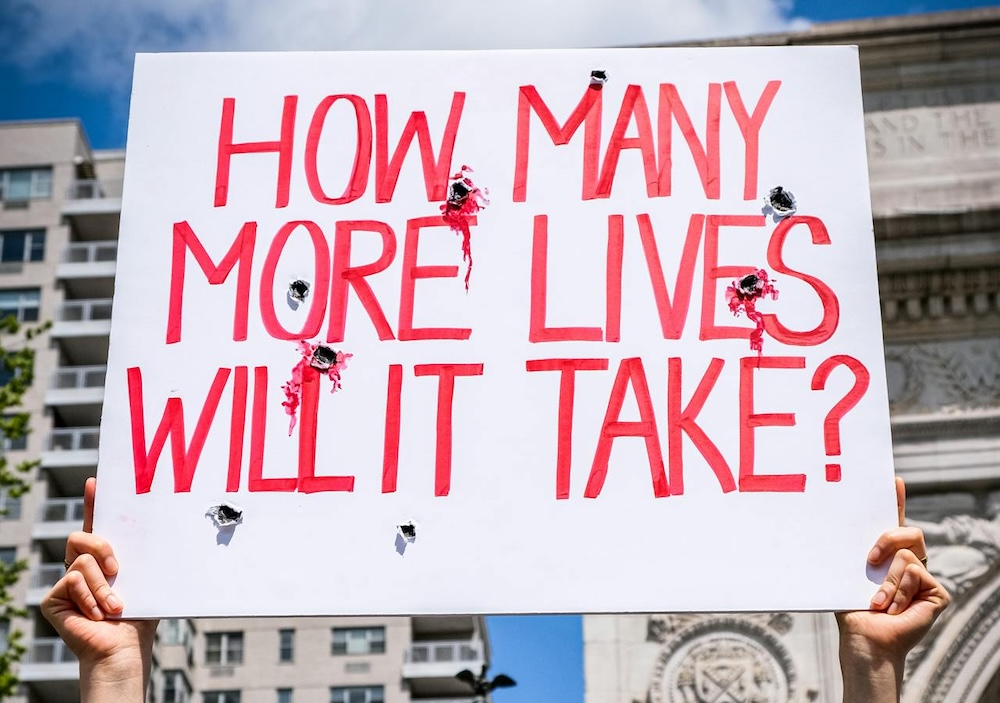Thomas Hargrove Joined Joseph Giacalone to Discuss Unsolved Murders and LISK Investigation on “True Crime with the Sarge” Podcast
In a recent episode of “True Crime with the Sarge,” hosted by retired NYPD Sergeant Joseph L. Giacalone, Thomas Hargrove, founder and chairman of the Murder Accountability Project (MAP), delved into the intricacies of unsolved murders on Long Island. The focus of the episode was the Long Island Serial Killer (LISK) investigation, using MAP’s sophisticated data analysis to shed new light on the potential scope of the crimes. MAP’s online tools allow users to explore clearance rates and search for patterns in homicide data, aiding investigators in identifying potential serial killings across jurisdictions.
Hargrove, a retired investigative journalist and former White House correspondent based in Washington, D.C., founded the nonprofit data project in 2015 to track unsolved homicides nationwide. While working as a national correspondent for the Scripps Howard News Service, Hargrove developed an innovative algorithm that analyzes FBI homicide data to identify clusters of murders with a high probability of containing serial killings.
He got the idea when a copy of the FBI’s Supplementary Homicide Report came across his desk.
“My first thought was I wonder if we could teach a computer to spot serial killers in these data,” he said in a video profile posted by The Atlantic. “And the answer is yes.”
Hargrove demonstrated the MAP database live during the podcast. His analysis suggested that the official count of victims might significantly underestimate the true number.
You can watch the full video below:
“Looking at the data, there are very suspiciously large clusters of similar unsolved homicides,” Hargrove said, noting that this pattern was evident even a decade ago.
At the Mid-Atlantic Homicide Investigators meeting – a resource for homicide investigators working cold cases – Hargrove said he emphasized that the actual number of victims could be much higher. Detectives from Long Island confirmed his suspicions, actively pursuing other cases potentially linked to the LISK.
“If you just look at the data, you would say there is something suspiciously wrong on Long Island,” Hargrove said during the podcast. “It becomes visually obvious.”
The MAP database, accessible to the public via murderdata.org, is an open-source tool that aggregates homicide records from the FBI and police departments across the country, including those obtained through Freedom of Information Law (FOIL) requests. Hargrove highlighted the importance of such comprehensive data in identifying serial murders, noting that one telltale sign is a high number of uncleared homicides.
A deep dive into open homicide cases in Nassau and Suffolk Counties revealed a pattern. From 1981 to 2013, a significant proportion of female homicides remained unsolved (which Hargrove said is atypical except in serial killer cases), with 45 out of 64 cases still open. This data encompasses the period when the bodies of the Gilgo Beach murder victims were discovered, further suggesting that something nefarious had been occurring on Long Island.
“It’s a classic visual representation of a serial murderer,” Hargrove explained, pointing to the high percentage of unsolved cases involving female victims with unknown murder weapons.
Visualization of the above data via MAPS:
Hargrove also discussed the broader challenges of homicide investigation in the U.S., including the fragmented and inconsistent reporting of crime data. The FBI’s National Incident-Based Reporting System (NIBRS), designed to provide more detailed crime data, has yet to be adopted by hundreds of police departments. Despite these challenges, Hargrove asserted that MAP offers the most complete accounting of homicide available, with the 2022 data reflecting about 80% of reported homicides.
Rex Heuermann, recently charged with the murders of Jessica Taylor and Sandra Costilla, had previously been indicted for the murders of four other women. These indictments extend the timeline of his alleged crimes over three decades, further emphasizing the need for comprehensive data analysis in solving long-term unsolved cases.
According to the MAP website, America struggles with tracking and accounting for unsolved homicides, with at least 5,000 killers escaping justice annually and nearly half of all homicides going unsolved. Hargrove’s work with MAP underscores the vital role of data in modern homicide investigations. The creation of MAP stemmed from Hargrove’s days as a journalist working on big stories about unsolved murders in America.
“One of the things we discovered during a national reporting project on unsolved homicide is how few resources police have starting with the lack of a national list,” he said.
For more information on the MAP database and its applications, visit murderdata.org. To listen to the full episode of “True Crime with the Sarge,” featuring Thomas Hargrove, click here.



